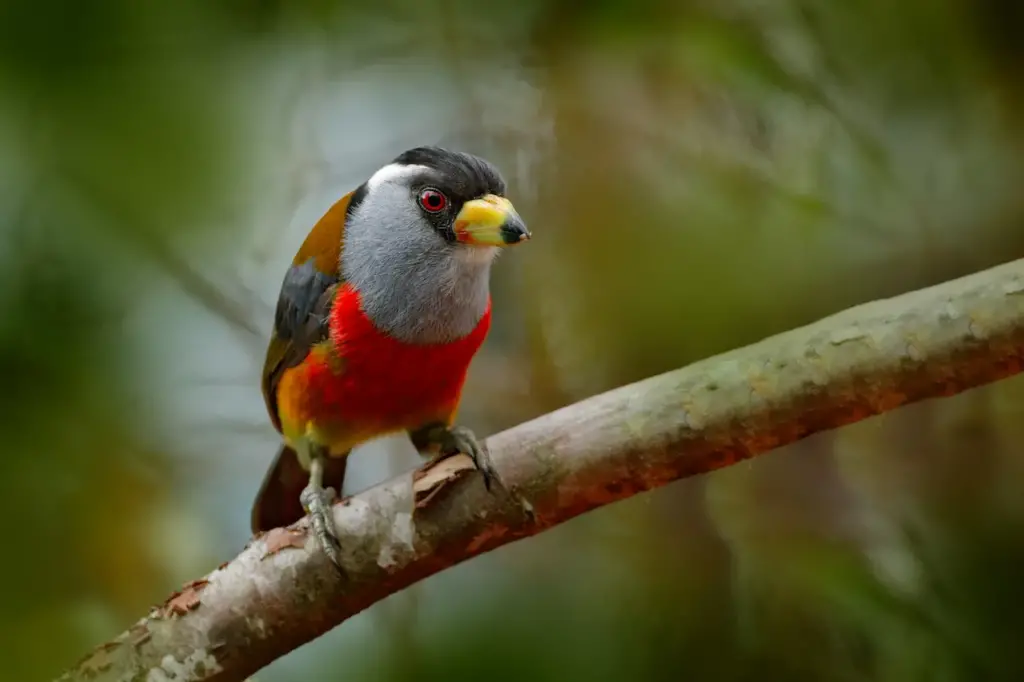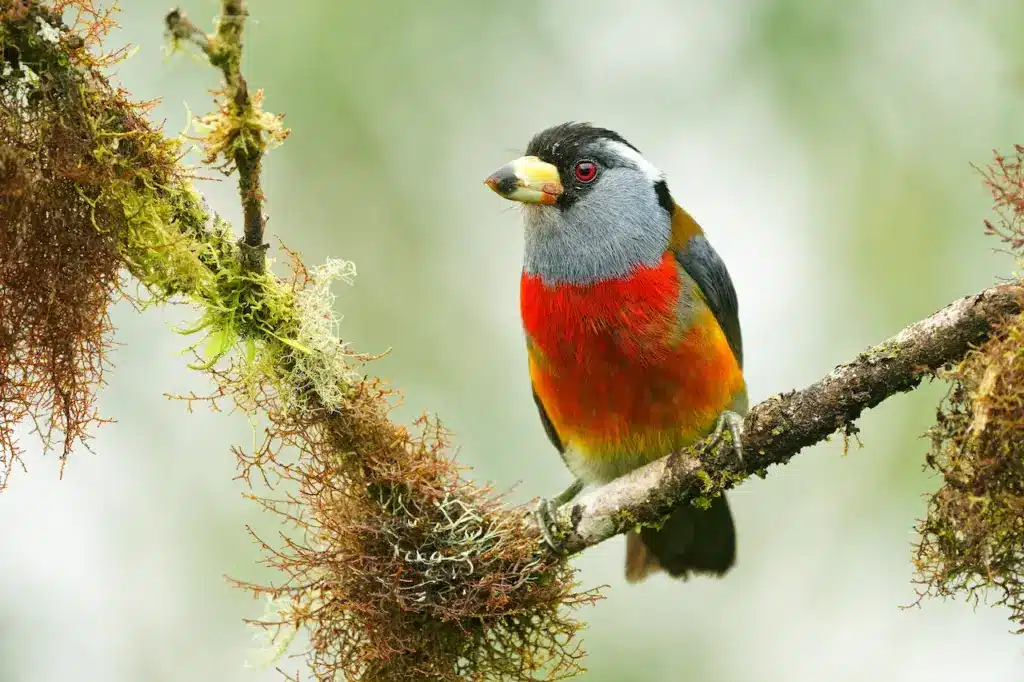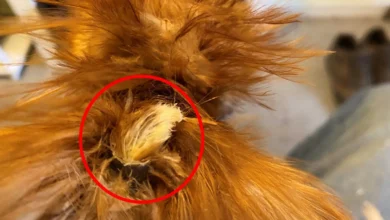Toucan Barbets (genus Semnornis) occur naturally in the Neotropics (Central and South America).
Description
The Semnornis barbets are colorful and fairly large barbets, measuring between 18 – 21 cm.

Behavior
They are highly social, and may be seen either in small groups of up to five or six individuals, or as singles.
Toucan Barbets are monogamous, but breed cooperatively, with several members of the group helping the dominant breeding pair with incubation and raising the young.
They are active during the day and early morning.
Diet and feeding
The diet is made up of fruits and, to a lesser extent, insects.
A 1993 of the stomach contents found that in all the stomachs checked only fruit was found. Fruits may be eaten whole, held in the foot and broken and eaten, or crushed and only the juices eaten.
Insects are more common in the diet of nestlings, and compose 40% of the food brought to the nest in Toucan-barbets. Toucan-barbets may also feed their chicks small numbers of vertebrates. They have also been recorded eating flowers.
Breeding
Toucan-barbet are monogamous breeders.
Toucan Barbet Subspecies
Species
- Prong-billed Barbet, Semnornis frantzii
The Prong-billed Barbet is restricted to the humid highland forests of Costa Rica and Panama.
In addition to primary forest, they may occupy forest edges and secondary growth.

The Prong-billed Barbet sleeps in communal roosts at night in the non-breeding season. As many as 19 birds may roost together in a hole, either a modified nest or the abandoned nest of a woodpecker. During the breeding season pairs roost in their own nests.
The Prong-billed Barbets defend breeding territories from all others of their species.
The plumage of the Prong-billed Barbet is orange-brown, and that of the Toucan-barbet is more distinctively patterned with black, red, grey and gold.
- Toucan Barbet, Semnornis ramphastinus
The Toucan Barbet (Semnornis ramphastinus) is a distinctive bird found in humid forests growing on the west Andean slopes in north-western Ecuador and south-western Colombia (South America).Toucan-barbets defend territories but are helped in raising the young by helpers.Even though this species is regionally common, its numbers have declined due to habitat destruction and trapping for the cage-bird trade.The Toucan-barbet is larger than the Prong-billed Barbet and considerably heavier. The possess large, swollen bills and lack strong sexual dimorphism in their plumage.
Neither species is migratory, and young birds do not appear to disperse very far after fledging; young Toucan-barbets only disperse 0.5 km.



